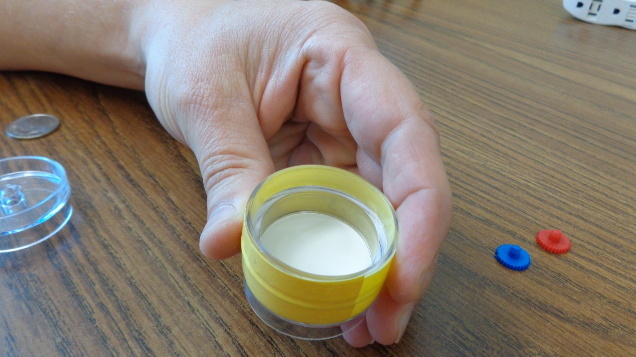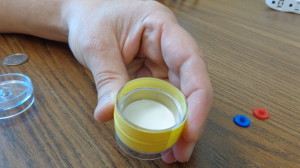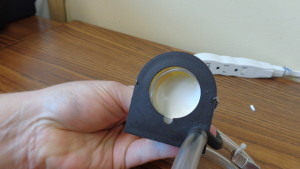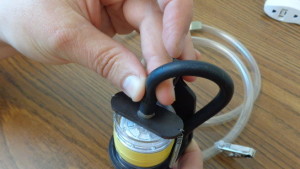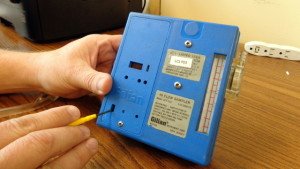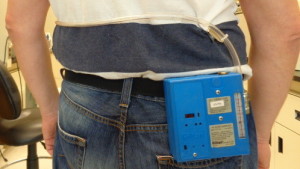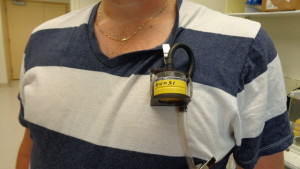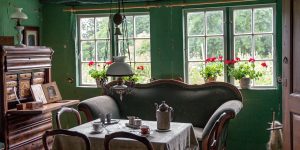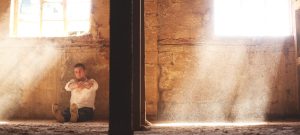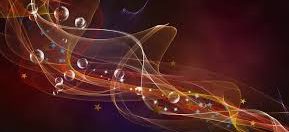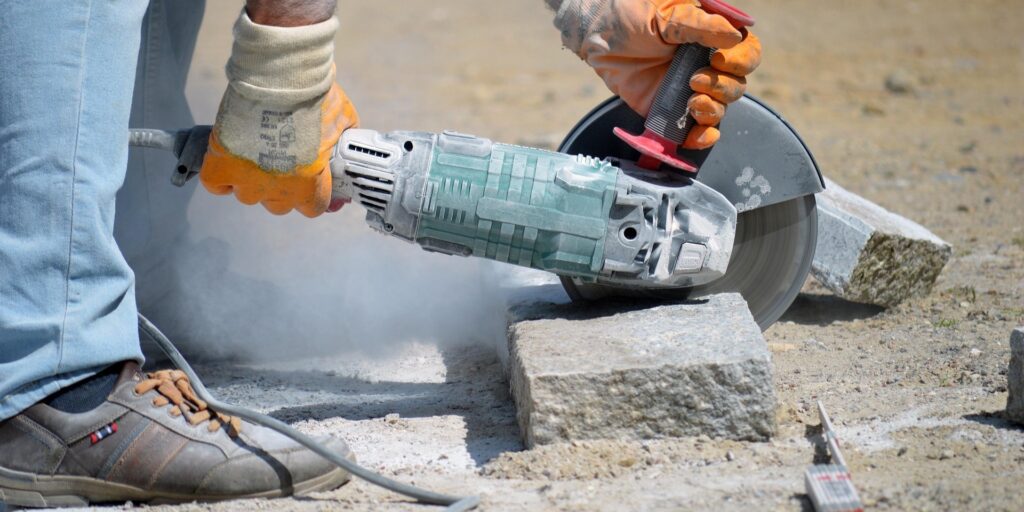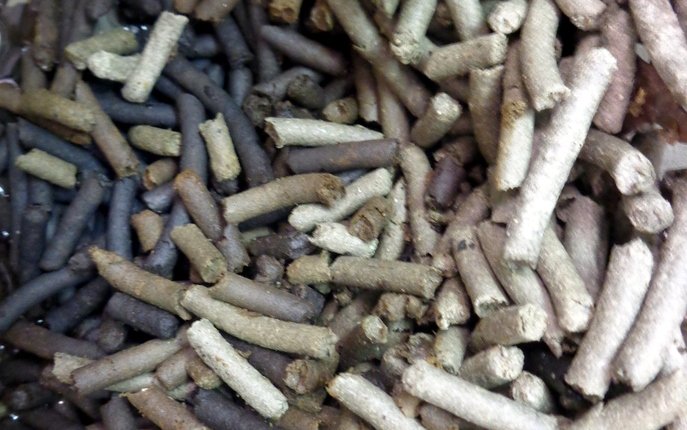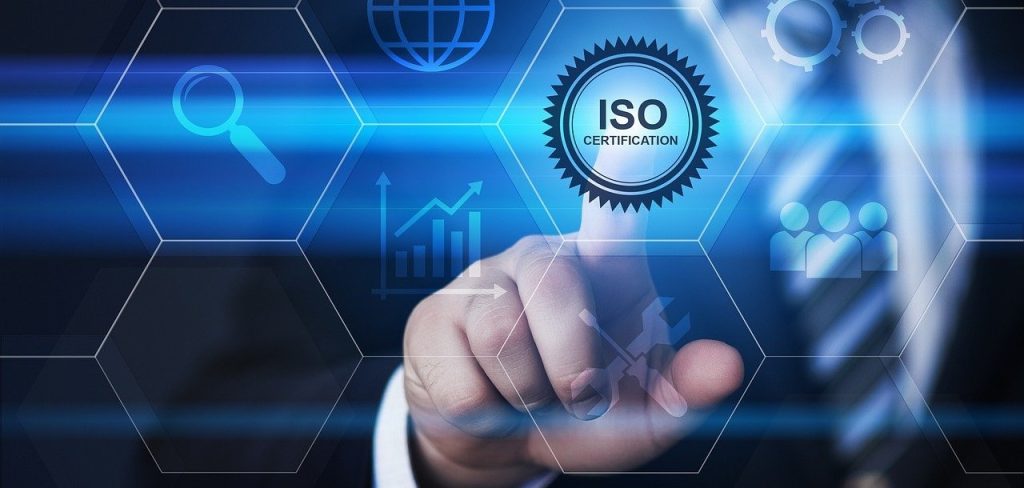LCS Laboratory offers ready-to-use sampling kits for monitoring isocyanates. These kits are designed in strict compliance with industrial hygiene practices to deliver the highest quality results. In this article, we explain how to assemble a sampling train to collect volatile diisocyanates using the OSHA 42, 47 and 5002 methods. For this project, we provide a portable air sampling pump calibrated to 1 L/min, tubing with an attached cassette holder, and 37 mm cassettes designed to collect and preserve the most common diisocyanates: HDI, TDI, IPDI, and MDI.
Begin preparation by removing the red and blue stoppers from the inlet and outlet sides of the cassette. The picture on the left (above) shows the inlet side of the cassette, which has the word “INLET” embossed on the plastic. The bottom part of the cassette (outlet) features a “wagon wheel” pattern. The terms “inlet” and “outlet” indicate the airflow direction through the sampling cassette: air enters through the inlet port, dust is collected by the filter inside the cassette, and clean air exits via the outlet port. The OSHA 42/47 methods require open-face sampling, where the inlet part of the cassette is completely removed. To do this, use a coin or screwdriver to gently pry off the inlet side of the cassette.
Remove the inlet. The inner part of the cassette is completely exposed. Take a cassette holder (upper right image) and locate round support plate.
Take the cassette holder (left image) and place the cassette onto the cassette holder with an “open face” – the open side of the cassette facing down. Feed the connector through the support plate of the holder and insert it into the OUTLET side of the cassette (image on the right). Your cassette assembly is ready.
Connect the free end of the tubing to the pump. Now the entire sampling train is ready. Turn the pump on using the on/off switch on the front panel.
Hang the pump on a worker’s belt, and clip the cassette holder in the worker’s breathing zone. Note: The open side of the cassette inlet is facing downward. You are ready to collect a sample.
Please contact us if you need air sampling equipment or laboratory testing of your samples.

